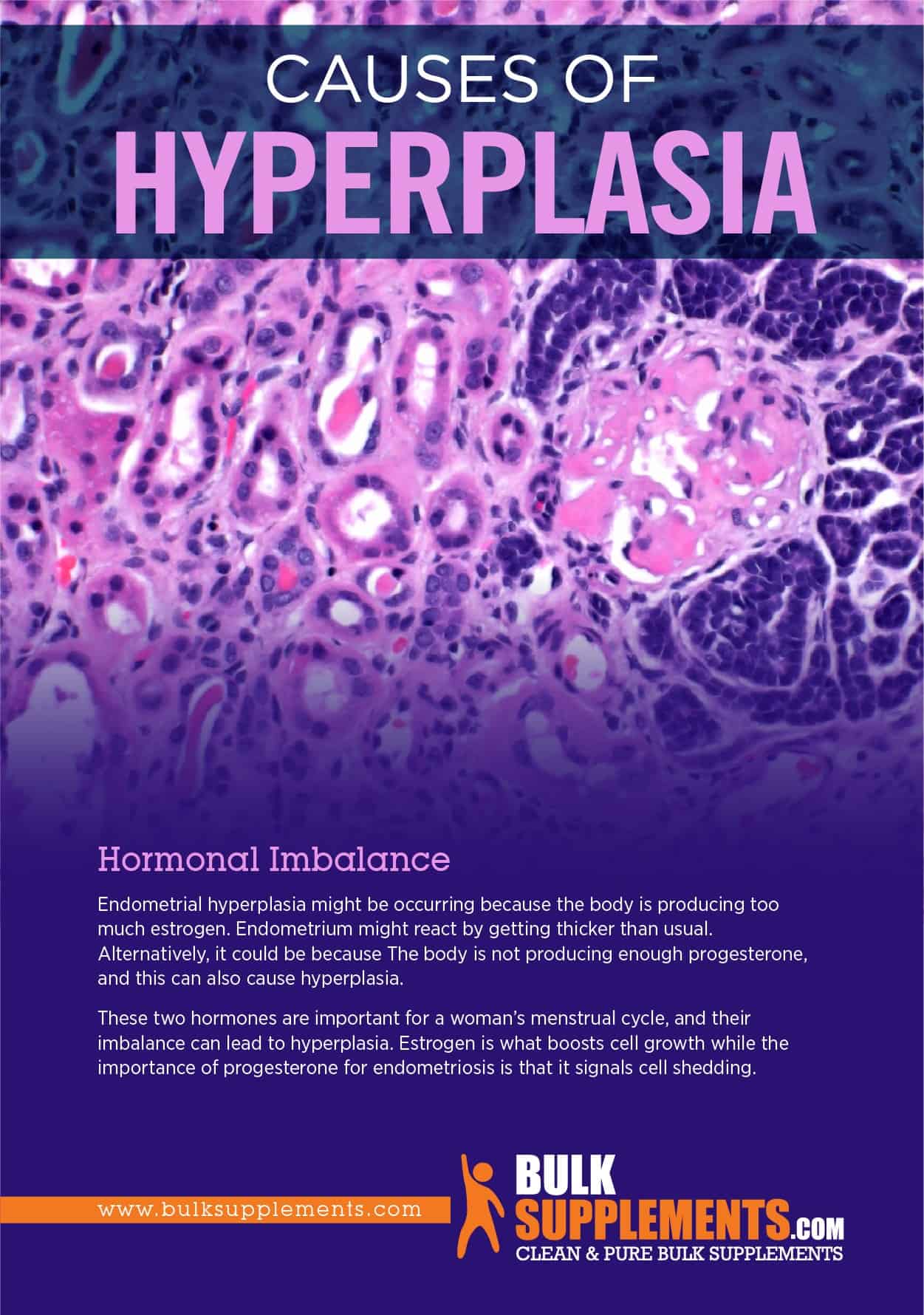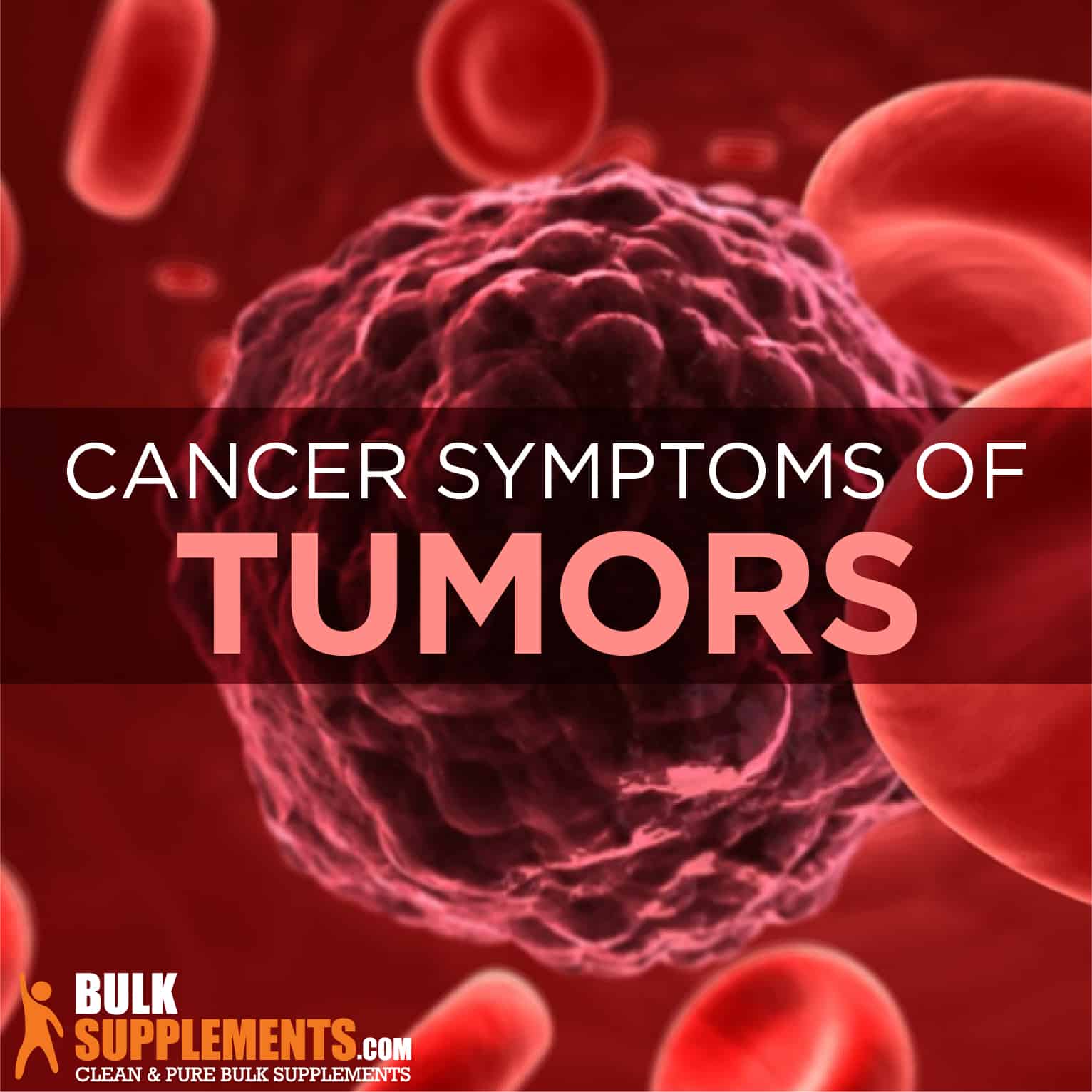Hyperplasia: Symptoms, Causes & Treatment

Hyperplasia
What is Hyperplasia?
Hyperplasia is defined as an increase in the cell number of a tissue or an organ. Although the cells appear normal under a microscope, their number is increased, which leads to the enlargement of the tissue or the organ.
Plasia, as a medical term, refers to development or formation, especially of cells. The word hyper means higher than normal.
There are several types of hyperplasia. The type you should be most mindful of, though, is endometrial hyperplasia.
Endometrial Hyperplasia
This is one of the most common types of hyperplasia. It leads to endometrial thickness, which means that the uterine lining has become thicker than usual. The primary way of confirming the diagnosis is by doing an endometriosis ultrasound.
Endometrial thickness in premenopausal women is a parameter that gynecologists frequently measure in ultrasound and MRI.
Other Types of Hyperplasia
- Benign prostatic hyperplasia — This is a prostate enlargement that is usually caused by the testosterone hormones and its metabolites.
- Cushing’s disease — This is hyperplasia of the adrenal cortex.
- Sebaceous hyperplasia — Leads to the increase in cell production in the sebaceous glands in the skin.
- Hemihyperplasia — This is a condition where one side of the body grows more than the other.
- Intimal and compensatory liver hyperplasia — These can occur as a response to injury.
Simple and Complex Hyperplasia
When abnormal cell changes are evident (aside from their growth), it is called atypical hyperplasia. Those can be precancerous cells, and you should make sure to react in cases of atypical lobular hyperplasia, and another complex hyperplasia with atypia. If you have a reason to suspect hyperplasia, make sure to contact your doctor and schedule an appointment immediately.
Statistics indicate that 29 percent of complex cases of this condition turn into cancer, but only 8 percent of simple hyperplasia leads to cancer.
Symptoms of Hyperplasia
Hyperplasia can be both a physiological and pathological reaction of the organism. In the case of physiological hyperplastic growth, they are subject to standard regulatory control mechanisms.
If you have any reason to suspect of hyperplasia, make sure to contact your doctor and schedule an appointment immediately. If they notice atypical cells under the microscope, your hyperplasia might be at risk for developing into cancer, and treatment would be necessary right away. Cancerous cells are among what causes thick blood in patients of both sexes.
The symptoms of hyperplasia can significantly depend on its type.
Endometrial Hyperplasia Symptoms
Spotting During Menopause
Spotting is a form of bleeding, and it is not dangerous itself, but if it happens during menopause or between cycles, it may be a symptom of hyperplasia. Abnormal bleeding, however, is also one of the endometrial polyp symptoms.
A Thick Endometrial Stripe
This is a symptom that needs to be confirmed in the ultrasound or an MRI. The stripe should be between 8 to 11 mm, and the stripe is considered thick if it is thicker than that. This thickened uterine lining seen on ultrasound may be one of the hyperplasia symptoms.
Enlarged Uterus and Weight Gain
These may sometimes go hand in hand as obesity may lead to the estrogen level increase, which leads to endometrial hyperplasia. Your doctor may recommend the unopposed estrogen or another form of therapy in that case.
Congenital Adrenal Hyperplasia Symptoms
When it comes to congenital adrenal hyperplasia symptoms, they also vary depending on the condition type. The non-classic CAH can be noticed by absent or irregular menstrual cycles, acne, and excessive body and facial hair.
Children with classic CAH can experience different illnesses due to the lack of aldosterone, cortisol, or both as this disorder leads to the lack of this hormone’s production. Due to the excess production of testosterone and other androgens, classic CAH can also manifest by pubic hair showing very early, and the female infants’ genitals looking enlarged.
Causes of Endometrial Hyperplasia
Hormonal Imbalance
Endometrial hyperplasia might be occurring because the body is producing too much estrogen. Endometrium might react by getting thicker than usual. Alternatively, it could be because the body is not producing enough progesterone, and this can also cause hyperplasia.
These two hormones are important for a woman’s menstrual cycle, and their imbalance can lead to hyperplasia. Estrogen is what boosts cell growth while the importance of progesterone for endometriosis is that it signals cell shedding.

Risk Factors for Endometrial Hyperplasia
The increased risk factors for endometrial hyperplasia include obesity, anovulation (not ovulating), and hormone replacement therapy. Although it is believed that age may be a risk factor for atypical hyperplasia, the latest research contends that age may not matter.
Living with Hyperplasia
When you head to the doctor, they will offer some tips on living with hyperplasia. However, they will have to confirm the diagnosis first, as well as eliminate other potential conditions and diseases.
The doctor will take a look at your thickened endometrium ultrasound. According to the uterine lining thickness chart, the risk of cancer is extremely low if the thickness is under 11mm. However, since thicker endometrium is an early sign of endometrium cancer, your doctor may order a biopsy if your thickness is higher than that. However, they will also assess other endometrial cancer risk factors and details related to your condition before they resort to any action.
The endometrial biopsy pain may occur during the procedure, which is why the doctor may tell you to take a pain reliever about half an hour before the procedure starts. The results of the biopsy will confirm or reject uterine cancer diagnosis, and you will know whether you have a reason to worry.
How Fast Does Endometrial Cancer Spread?
It depends on an individual, as well as how soon you contacted the doctor and started the treatment. That is why your doctor will determine the current stage of your endometrial cancer. It will assist in determining whether it has spread to other parts of the body, which will decide the next course of treatment.
Do Uterine Polyps Need to Be Removed?
If your doctor confirms that you have uterine polyps, they can be removed by a procedure called hysteroscopy. The chances are the doctor will recommend the removal of the polyps.
Treatments for Endometrial Hyperplasia
Progestin Therapy
This is the most common way of treating endometrial hyperplasia. You may take progestin in the form of a shot or orally, and even apply it as a vaginal cream.
Thermal Balloon Ablation
This is a procedure where a hot water-filled balloon is used to remove your uterus lining. The operation is recommended when hyperplasia is resistant to progestin treatment or recurring.
It is interesting to note that hormone replacement therapy in postmenopausal women can assist in preventing hyperplasia.
Supplements for Hyperplasia
Apart from the treatments that your doctor might suggest, you should also consider adding some natural supplements and home remedies to your nutrition.
Vitamin C
Vitamin C is an extremely powerful antioxidant, but it also has anti-inflammatory properties. Thanks to that combination, it can boost your immunity and promote overall health. The free radical damage caused by oxidative stress may be what leads to hyperplasia.
SEE ALSO

Types of Tumors: Benign, Malignant & Premalignant
It would be best if you find high-quality and non-GMO vitamin C powder or capsules. The recommended daily dosage can be anywhere from 750 mg to 3,000 mg, depending on your needs.
Vitamin D
Vitamin D is also among vitamins that can be vital for our health. It is the famous “sun” vitamin because our body starts producing it once you get in direct sunlight. You can also get vitamin D from foods like salmon and shrimp.
Those having hyperplasia might benefit from taking cholecalciferol (vitamin D3) powder. It promotes healthy teeth and bones, and it helps to optimize calcium levels. However, you should be careful of potential toxicity in high amounts. That is why you should stick to the recommended dosage of 50 mg per day, depending on the instructions you got from your physician.
Milk Thistle
Milk thistle has been used for centuries to detoxify the human body and protect the liver. The plant has strong anti-inflammatory and antioxidant properties, which can boost overall health.
It can be particularly helpful for the function of the liver and heart, and you may even notice an improvement in skin appearance. The recommended daily dosage of milk thistle is 250 mg per day, and you can take it with or without food.
Dandelion Root
Dandelion is a plant many chefs use in soups and salads, and people even add it to teas and soups. The herb is known for its detoxifying properties, and it is also capable of promoting digestion and optimal gut balance.
A high-quality dandelion root powder with no fillers or additives is the right choice for a supplement that would help to treat hyperplasia. The recommended daily dosage is 2,000 mg per day, but make sure to split it into two equal dosages.
Curcumin
Curcumin is a crucial and the most beneficial curcuminoid you can find in turmeric, which is also known as a superfood. You can benefit from its antioxidant and anti-inflammatory properties, and it can be beneficial for your health overall.
It is vital that you find a supplement that will be standardized to 95 percent curcuminoids as that will secure the most benefits from this compound. The recommended daily dosage of curcumin is up to 1,000 mg per day.
Frankincense Oil
Frankincense oil belongs to the group of essential oils that have many positive properties. For starters, they are anti-inflammatory, and they can help to prevent or reduce the growth and production of cancerous cells.
When it comes to using frankincense oil, it would be wise to consult your doctor before consuming it. You can find other recipes online, but the simplest way to use it is to add a few drops to a glass of water or another beverage.
The Bottom Line
Hyperplasia without atypical cells is a condition that can be resolved on its own and responds well to treatment. However, regular visits to your doctor to check that the cells haven’t migrated into atypical ones is necessary.
If you are dealing with complex atypical hyperplasia, your cancer risk is increased. That is why it is vital to consult a doctor if you notice any of the symptoms mentioned in this article. A medical professional will decide on the right treatment and confirming the diagnosis as soon as possible may be crucial in successfully treating the problem.



